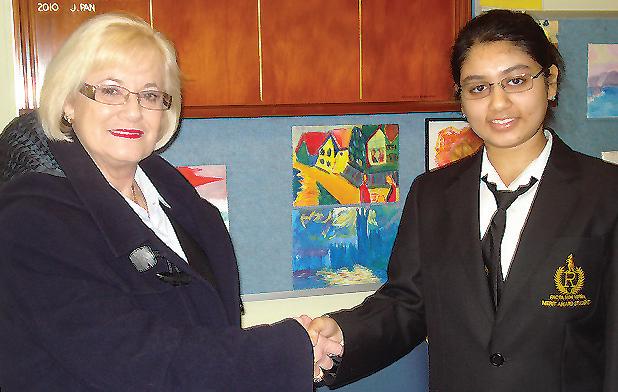
7 minute read
Simply superlative Srijata
from 2011-07 Sydney (1)
by Indian Link
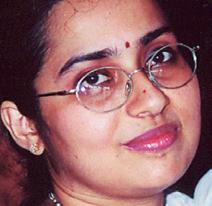
Parental support
BY USHA RAMANUJAM ARVIND
Adolescence can be every parent’s nightmare. Texting, temper tantrums, erratic behaviour, angst, obsession with body image and peer relationships are catchphrases invariably associated with this phase of life. And then of course, there is the spectre of the social media to grapple with. Confronted with ambiguous age boundaries
While only in her fourth year, Srijata had already bagged a whopping 500+ certificates, prompting the school to raise the ante and bombarded by popular cultural icons, the teenage years are generally marked by intense confusion.
Srijata Michelle Bandyopadhyay’s parents however, would challenge this standard stereotype of the average teenager. Steadily going from strength to strength, their daughter is a model student, who has kept the compliments coming.
Record-breaking award winner
The Year 11 student of Randwick Girls High has broken the school record of winning the most merit awards for outstanding academic and co-curricular performance.
While only in her fourth year, Srijata had already bagged a whopping 500+ certificates, prompting the school to raise the ante. Her latest tally stands over the 640 mark, at which students are awarded a special custom-made school blazer with the magical words “Merit Certificate” prominently embroidered.
“In the past, there were only three levels in the entire merit award system totalling up to 360 certificates; however, now there are six (i.e. 720 certificates),” stated Srijata proudly to Indian Link
“Our Deputy Principal Dianne Posener announced that in the entire history of Randwick Girls High School, no one had even come close to doing what I have achieved,” she said, adding, “My teachers and parents are extremely proud of me and always encourage me to do better.”
Not content with her superlative performance, Srijata now hopes to smash the new target too.
The merit system
Explaining the Randwick High’s merit award scheme, the motivated youngster stated that, “10 merit awards are required from at least 3 different faculties, (e.g. Science, Maths, English) before the students can hand them in for acknowledgement to their Merit Co-ordinator. The acknowledgement for every 10 awards is a certificate. They are then added to the student’s tally of awards. Each level requires 120 merit awards to be accrued. At the end of each level, a special award is presented to the student.”
While the system varies slightly from school to school, at Randwick students are rewarded for good exam results, assignments completed with a high level of quality, good behaviour, superior citizenship skills and extra curricular activities.
The key to success
Diligence, excellent self-discipline, strong work ethics and of course, a positive attitude to learning has been Srijata’s password for success. Having earned her place at the top “fair and square with honest hard work”, it goes without saying that she is a favourite among school staff. Her reputation for good behaviour and a result-oriented approach precedes this softspoken girl.
So what keeps Srijata motivated? While the initial excitement keeps a student going strong, how does one sustain the momentum of exemplary performance in the long run, that too at the secondary level?
“Actually, collecting merit awards can be a very rewarding factor for anyone, even at a secondary level,” Srijata quickly rebutted.
“While other children my age are too busy enjoying their social lives with friends, boyfriends, spending money purchasing expensive clothes and make-up, I try to be an individual with a very strong personality and who does not engage in doing any of the above things. So I guess being the individual I am, I find value in merit awards at a secondary level, while others at my age may not,” she explained.
Srijata, of course, has some very fine role models to look up to – her parents, who have been the rock of her life, encouraging her at every step.
Her father, the “singing professor” and award-winning scientist Srikanto Bandyopadhyay has already carved a niche for himself in Material Sciences. He was handpicked by former President Abdul Kalam to collaborate between the Indian and Australian governments for clean energy projects.
The magical world of science no doubt fascinates Srijata too, and she hopes to soon follow in his footsteps. Her core subjects for the upcoming HSC include
Srijata, of course, has some very fine role models to look up to –her parents, who have been the rock of her life, encouraging her at every step
Physics, Chemistry, Extension Mathematics, Advanced English and French Continuers.
Describing herself as a family-oriented girl with a strong desire to preserve her Indian culture, the Sydney born and bred youngster shares another common thread with her father - music. She has been learning to sing and play the harmonium since the age of three and is naturally adept at it.
Well-known in local circles for her rendition skills, Srijata has performed in the public arena at many cities including Kolkata, Ahmedabad and Bhubaneshwar. Rabindro Sangeet (the legacy of celebrated Bengali Nobel Laureate Tagore) is her particular favourite. She won the third prize for Rabindro Sangeet at a West Bengal Youth competition. In fact, Srijata is totally immersed in the rich Bengali culture.
“Though born in Australia, my daughter speaks Bengali fluently and can enthral audiences with Hindi and Bengali songs while playing a harmonium,” her delighted father added.
Srijata is no doubt the dream child of every aspiring mum and dad. Reach for the stars, young lady, and make all of us proud!
Before you lodge your application, be sure to check the track record of your migration agent. At AVMCS, we have been successfully helping people like you for over 18 years, involving thousands of successful applications. We know the rules and guide you professionally all the way. No wonder, AVMCS is the first choice of people who want the best value for their money and efforts. Remember, there is no substitute for experience.



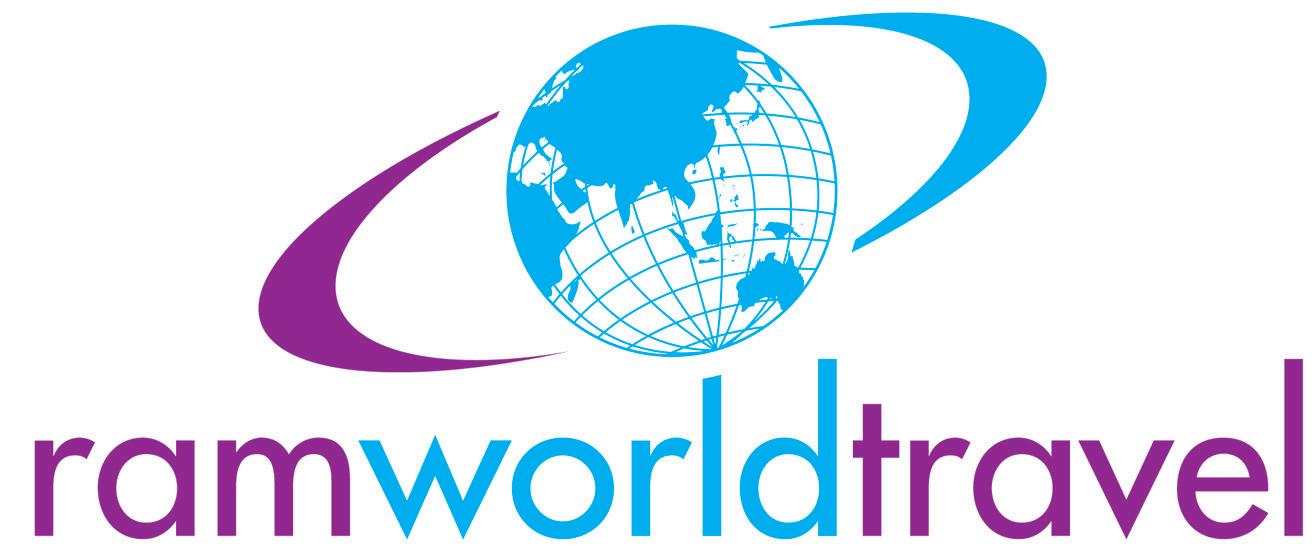
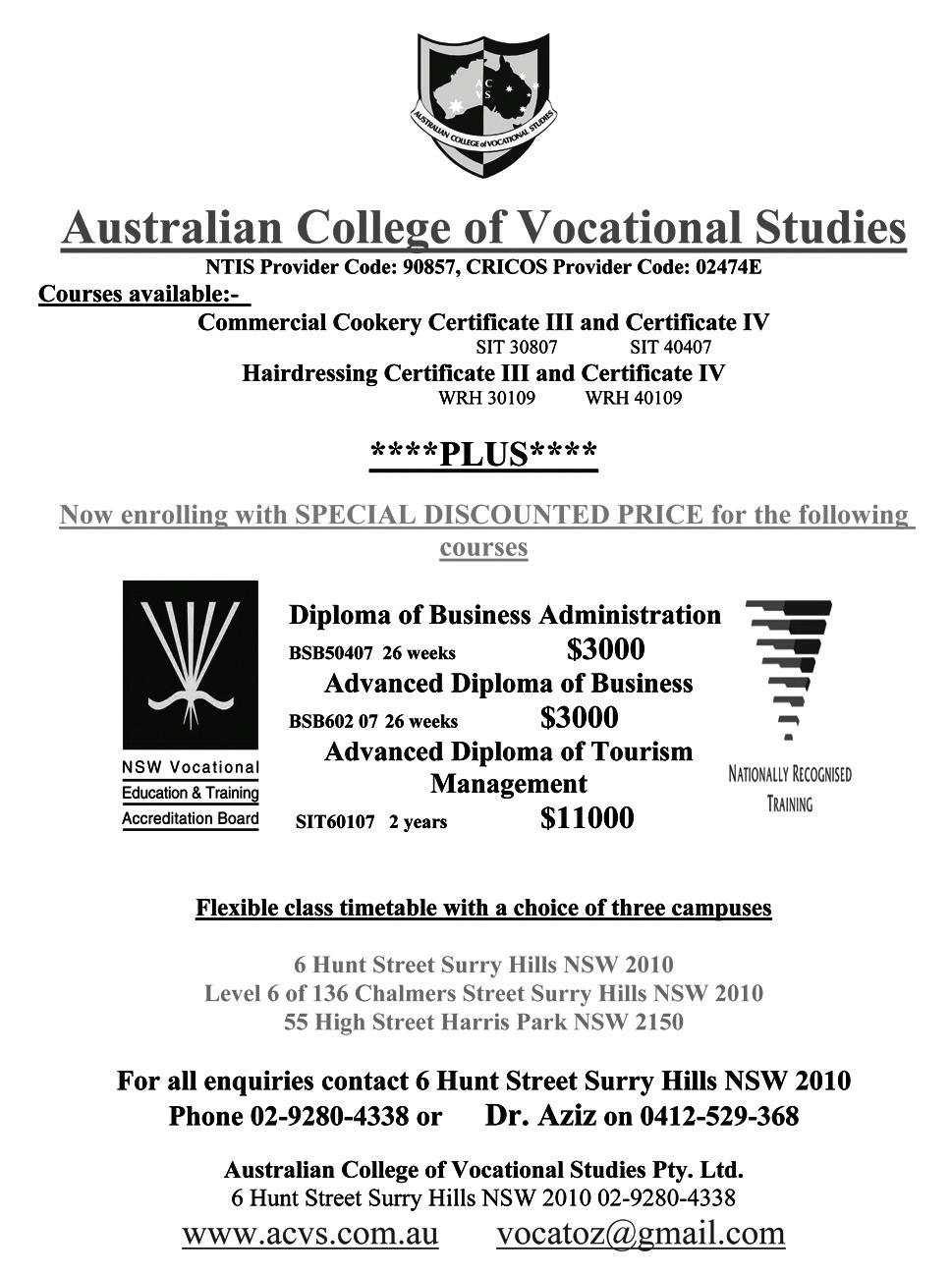

Ten new PhD scholarships for Indian candidates at Victorian universities
Ten top scholars from India will be awarded $90,000 each to pursue PhD programs at nine universities in the state of Victoria, starting in 2012 under the new Victoria India Doctoral Scholarships Program launched today by the State Government of Victoria and the Australia India Institute recently.
The initiative is one of a number of strategic engagement opportunities launched by the Victorian Government to strengthen relations between Victoria and India.
Victoria’s nine universities have all agreed to provide a full tuition waiver. The ten new scholarships, providing $90,000 over the duration of doctoral studies for each PhD scholar, will support living costs and education-related travel.
The new scholarships were launched in June at Australia’s High Commission in New Delhi by the Australian High Commissioner Peter Varghese AO and Prof. Amitabh Mattoo, Director of the Australia India Institute, Melbourne, together with Victoria’s Commissioner to India, Geoffrey Conaghan.
“The scholarships will contribute to global knowledge and help build a closer partnership between India and Australia,” said Louise Asher the State of Victoria’s Minister for Innovation, Services and Small Business and Minister for Tourism and Major Events.
“Victoria attracts quality students from around the world because of its strong infrastructure and internationally-known researchers and teachers. We believe the Victoria India Doctoral Scholarships will generate a huge amount of interest because Victoria offers a premium international education experience,” said Minister Asher.
“This generous scholarship is a great opportunity for some of India’s smartest researchers to pursue their doctoral studies at Victoria’s universities,” said Peter Varghese, Australia’s High Commissioner to India.
“The academic communities of India and
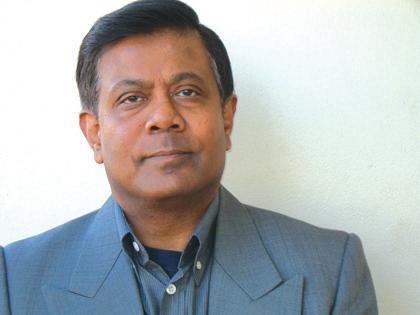
Australia are working more closely together than ever before and I congratulate the Victorian Government and the Australia India Institute on this important new initiative”, said Mr Varghese.
Speaking at the launch in New Delhi, Prof. Amitabh Mattoo said, “This is a singularly important step by the Victorian Government to build a real partnership with India. Research students from India will not just get access to some of the finest institutions in the world but also the opportunity to stay in one of the world’s most liveable, multicultural communities”.
Students from India can apply to Victoria’s universities to do their PhD at: Deakin University, La Trobe University, Monash University, RMIT University, Swinburne University, Australian Catholic University, The University of Melbourne, University of Ballarat and Victoria University
The doctoral opportunities exist across science, engineering, medicine, the social sciences and humanities, business studies, education and the arts.
The educational institutions in the state of Victoria already have mutually beneficial, collaborative research links with Indian institutions and industry, and the new scholarships program will continue to build on these links.
More information on the Victorian Government’s Victoria India Doctoral Scholarships Program can be found at www. studymelbourne.vic.gov.au/scholarships
100,000th visitor visa for the year processed at Australian High Commission New Delhi
For the first time ever, the Australian High Commission in New Delhi has passed 100,000 visitor and temporary entry visas in a program year. The 100,000th visa for the 2010-2011 program year was issued in late May in New Delhi.
This milestone underlines the fast expanding linkages between India and Australia in tourism and business.
The figure includes 19 different types of visa, including tourist and business visas.
Australia’s High Commissioner to India, Peter Varghese, said, “One hundred thousand visitor visas shows how fast the bilateral relationship between Australia and India is growing. More Indians are travelling to Australia for business, tourism and to study at our universities. And a growing number of travellers are reconnecting with family members in Australia.”
The visitor visa application rate has increased by 17% this year and over 50% of visitor visa applicants were family members of Indian permanent residents or Australian citizens of Indian origin.
The business short stay visa application rate has increased by 15% this year, and will continue to grow as India-Australia economic and trade relations also grow.
Two-way trade between India and Australia has been growing at about 20% year on year for the past five years. In 2010 two-way trade was approximately A$22 billion driven by the strong complementarities between the two economies. Reflecting this dynamism on 12 May Australia and India agreed to launch negotiations towards a Comprehensive Economic Cooperation Agreement (or FTA).
High Commissioner Varghese said, “All these are very healthy signs of the growing partnership between our countries and people. Quite simply, Australia and India are rapidly becoming more important to each other.”
Australia provides $5 million boost for research with India
Top scientists will benefit from a multimillion dollar program that could lead to better vaccines, more temperature tolerant crops, healthier foods and greater protection for our marine systems.
18 collaborative projects involving Australian and Indian scientists have been awarded AU$5 million under the AustraliaIndia Strategic Research Fund, with matching funding provided by the Government of









